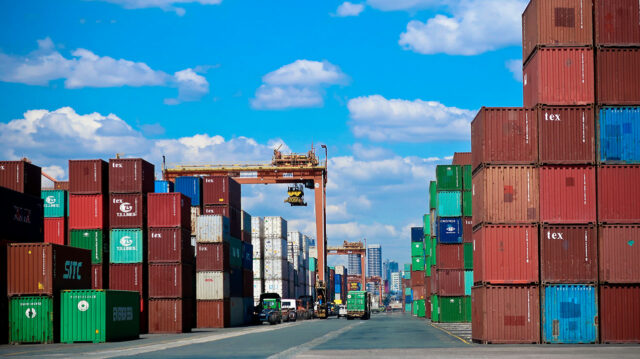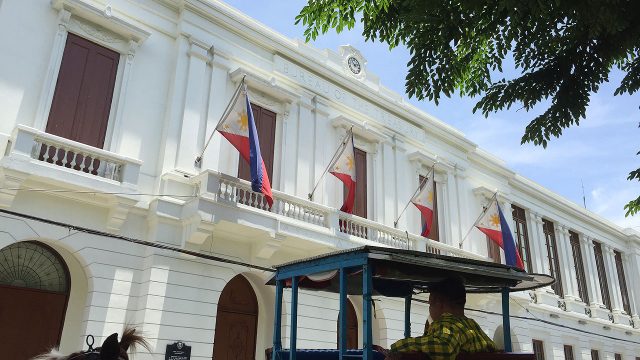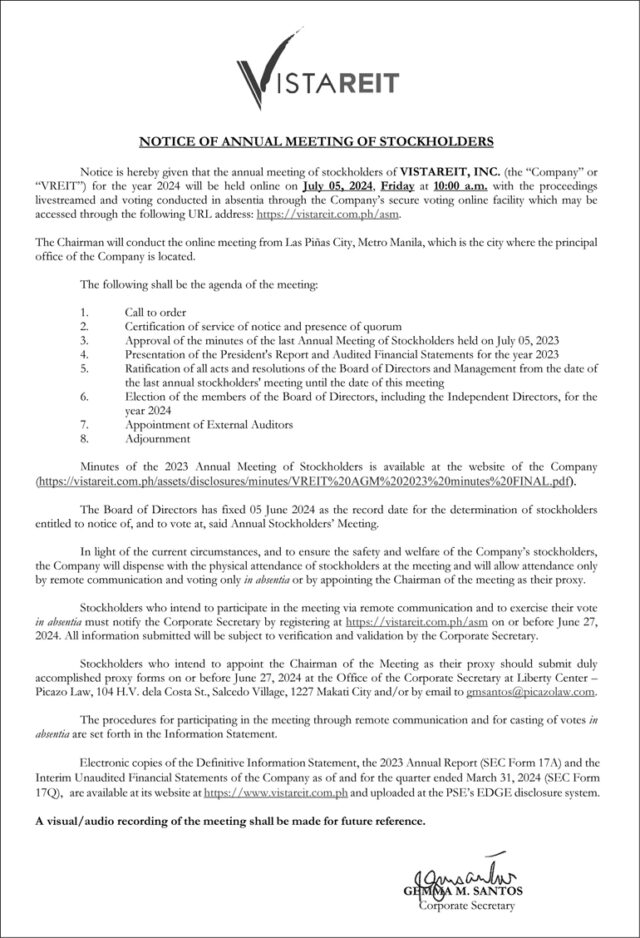By Kyle Aristophere T. Atienza, Reporter
THE BOARD of the National Economic and Development Authority (NEDA) has approved a medium-term plan to lower tariffs on agricultural and industrial products, as the Philippines struggles with rising prices and declining factory performance.
The NEDA board approved the Comprehensive Tariff Program for 2024 to 2028 amid concerns about inflation, which is widely expected to have quickened further in May. The expansion in local manufacturing output also slowed in May.
Under the plan, the government would keep the rates for “more than half of the tariff lines” for products that have relatively low tariffs,” NEDA Secretary Arsenio M. Balisacan told a news briefing at the presidential palace on Tuesday.
He said the program seeks to improve manufacturers’ access to inputs and boost their competitiveness.
“This measure will help our domestic industries by reducing the costs they incur for their inputs, enabling them to be more competitive, especially in the global market,” he added.
Mr. Balisacan said the board had approved a recommendation to reduce the tariff on certain chemicals and coal briquettes to “improve energy security and reduce input costs.”
Chemicals under reduced tariffs include inputs for antiseptics, detergents and medical research.
Reduced tariffs on coal are timely as the country faces “energy constraints,” he said.
Terry L. Ridon, a public investment analyst, said the decision to further lower coal tariffs goes against the government’s policy to phase out coal-fired power plants.
“While it is correct that there are pressures on the price of electricity, it is not solely because of the price of coal,” he said in a Facebook Messenger chat.
The Philippines in 2020 declared a moratorium on new coal power plants, a move that policy makers including Senate President Francis Joseph G. Escudero have linked to massive brownouts on the main Philippine island of Luzon.
Philippine electricity prices are among the highest in Southeast Asia, according to a study by the Ateneo de Manila University’s Department of Economics and Ateneo Center for Economic Research and Development.
The country’s residential rate was $0.16 per kilowatt-hour (kWh) as of December 2021, compared with Singapore’s $0.18/kWh, Thailand’s $0.10/kWh, Indonesia’s $0.10/kWh and Malaysia’s $0.05/kWh, it said.
Mr. Balisacan said the country needs a “balancing act” in its transition to clean energy.
“We cannot immediately and quickly transition to zero emission, otherwise that will also kill our industries,” he said. “But we are committed to be part of the global effort to reduce emissions.”
“Reducing the tariff of briquette will allow us to produce energy from coal, [which] will be more accessible to our population and particularly our industries.”
The government should continue to accelerate the transition to renewable energy while using coal to sustain its industries, George T. Barcelon, president of the Philippine Chamber of Commerce and Industry, said by telephone.
Mr. Barcelon hopes the NEDA board’s move would boost exports, which he said continue to be hounded by “weaknesses.”
Also approved by the NEDA board is a proposal to merge tariff lines on certain chemicals and chemical products, textiles, machinery and transport equipment to simplify the tariff structure and ease customs administration.
Philippine factory activity expansion slowed in May as employment fell for the first time in five months, S&P Global said on Monday.
Its Purchasing Managers’ Index (PMI) for the Philippines stood at 51.9, down from 52.2 in April, indicating “modest improvement” in factory activity. A PMI reading above 50 signifies improved operating conditions from the previous month, while a reading below 50 shows the opposite.
‘SAD DAY’
“The tariff reductions are only one phase of a medium-term plan,” Ateneo economics professor Leonardo A. Lanzona said in a Facebook Messenger chat, noting that the state should craft midterm employment and skill development plans to boost manufacturing.
“While the plan can increase the gross domestic product, we may end up with a lot of capital-intensive industries,” he said.
Aside from electricity costs, food prices continue to drive Philippine inflation, which Mr. Balisacan said threatens economic growth.
Under the tariff program, reduced tariff rates for corn, pork and mechanically deboned meat that started in 2019 would be kept until 2028. Rice tariffs will go down to 15% from 35% until 2028.
The policy is “a sad day for Philippine agriculture,” the Samahan ng Industriya ng Agrikultura said in a Viber message.
Rice prices accounted for more than half of Philippine inflation, which quickened to 3.8% in April.
Inflation likely quickened for a fourth straight month in May to 4%, mainly due to a spike in electricity costs, according to a median estimate of 16 analysts in a BusinessWorld poll.
Mr. Balisacan said the government aims to stay within the 2-4% inflation target “so that we can go back to the low interest rate regime.” “Once interest rates start falling, then economic activity will start and will be even more robust.”
The country’s largest farmers’ groups said in a joint statement reduced tariffs in the past four years on rice from non-ASEAN (Association of Southeast Asian Nations) have not lowered prices.
“Reduced rice tariffs paved the way for more rice imports and yet, rice prices have only gone up,” they said, noting that reduced rice tariffs have “not benefited consumers” and “have only penalized local producers.”
They have also deprived the government of much needed revenue, they added.
“As with all previous tariff reductions, a new round of tariff cuts will be useless as our foreign rice suppliers simply increase their prices,” said the groups including the Federation of Free Farmers, SINAG and Kilusang Magbubukid ng Pilipinas.
The Philippines has imported two million metric tons of rice as of end-May, equivalent to 53% of projected imports.

























